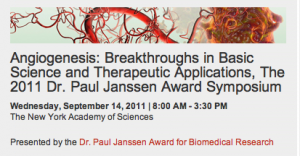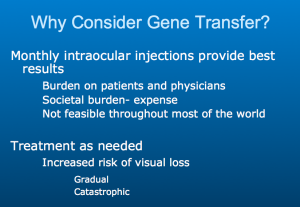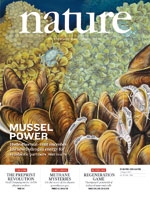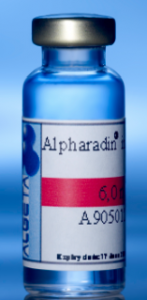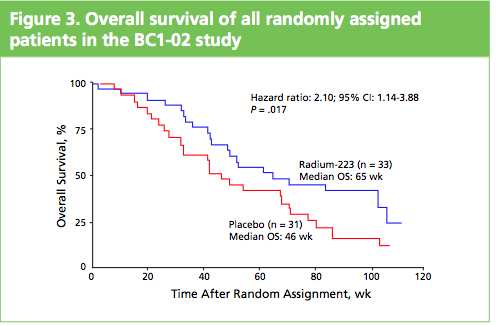Discovering the cause of Lou Gehrig’s disease
In a letter to the science journal Nature, published online on August 21, 2011, scientists from Northwestern University in Chicago report findings that could help develop drugs for patients with Amyotrophic Lateral Sclerosis (ALS), more commonly known as Lou Gehrig’s disease.
ALS is a progressive, fatal, degenerative motor neurone disease, which results in the inability to walk, get out of bed, move arms, hands, swallow or chew. Unlike Alzheimer’s disease, cognitive functions are not usually impaired, making it a particularly nasty disease when faced with awareness of disease progression.
According to Wikipedia, ALS is one of the most common neuromuscular diseases worldwide, with 1 or 2 people in every 100,000 developing ALS each year.
One of the characteristics of ALS and other neurodegenerative disease is the accumulation of protein aggregates or inclusions. Amyloid-ß plaques and intracellular tau neurofibrillary tangles are common in Alzheimer’s disease, for example.
By contrast, in ALS, a hallmark of the disease pathology is the presence of ubiquitin-positive, protein aggregates in spinal motor neurons.
The new research from Northwestern University shows how a mutation in UBQLN2, the gene that encodes ubiquilin 2, may be the cause of ALS in some patients.
The UBQLN2 mutation results in a failure to properly encode the protein, ubiquilin 2, a member of the ubiquitin-like protein family known as ubiquilins. The result is that normal protein degradation through the ubiquilin pathway is impaired, leading to cellular deposits and abnormal protein aggregation.
How did the team at Northwestern discover this insight?
Using DNA sequencing they looked at a five-generation family with 19 affected by ALS and sought to identify the causative gene in the transmission of this disease. They found that a mutation in UBQLN2, the gene that encodes ubiquilin 2 was the key difference in those family members with or without ALS.
They subsequently tested the hypothesis that UBQLN2 mutations were causative of ALS using clinical data from 40 individuals in 5 families with UBQLN2 mutations. Interestingly in eight patients with the UBQLN2 mutation and ALS, dementia was also present suggesting a possible link between ubquilin 2 inclusions and dementia.
The team explored this correlation by examining brain autopsy samples of 15 cases without UBQLN2 mutations, of which 5 had experienced dementia as well as ALS. They found no ubiquilin 2 pathology in the hippocampus of the 10 ALS patients without dementia, but did find it in the 5 that had experienced both ALS and dementia. They noted:
The correlation of hippocampal ubiquilin 2 pathology to dementia in ALS cases with or without UBQLN2 mutations indicates that ubiquilin 2 is widely involved in ALS-related dementia, even without UBQLN2 mutations.
They also observed that:
We did not observe obvious differences in the distributions of wild-type and mutant ubiquilin2.
The authors concluded:
These data provide robust evidence for an impairment of protein turnover in the pathogenesis of ALS and ALS/dementia, and possibly in other neurodegenerative disorders as well.
These interesting findings by the Northwestern group were reported in Nature, and while promising, must be treated with caution for several reasons:
- It is still early-stage preliminary research on a small group of subjects.
- The exact function of ubiquilin 2 is not well understood.
- Not all ALS patients have the UBQLN2 mutation
- If the UBQLN2 mutation is not present in all ALS patients, then this mutation is not the sole means by which ALS develops.
- UBQLN2 may not be the only mutation involved in the pathophysiology of ALS.
The data from Northwestern does, however, offer hope that in the future, gene therapy or new treatments could be developed that stop or slow disease progression. Targeting the ubquilin pathway and the UBQLN2 mutation may, for example, prevent the abnormal protein turnover and aggregation that leads to impaired signaling and loss of function seen in ALS.
Further research into pathogenic pathways could lead to new targets for drug development, not only for the treatment of ALS but also dementia, and other neurodegenerative disorders.
![]() Deng, H., Chen, W., Hong, S., Boycott, K., Gorrie, G., Siddique, N., Yang, Y., Fecto, F., Shi, Y., Zhai, H., Jiang, H., Hirano, M., Rampersaud, E., Jansen, G., Donkervoort, S., Bigio, E., Brooks, B., Ajroud, K., Sufit, R., Haines, J., Mugnaini, E., Pericak-Vance, M., & Siddique, T. (2011). Mutations in UBQLN2 cause dominant X-linked juvenile and adult-onset ALS and ALS/dementia Nature DOI: 10.1038/nature10353
Deng, H., Chen, W., Hong, S., Boycott, K., Gorrie, G., Siddique, N., Yang, Y., Fecto, F., Shi, Y., Zhai, H., Jiang, H., Hirano, M., Rampersaud, E., Jansen, G., Donkervoort, S., Bigio, E., Brooks, B., Ajroud, K., Sufit, R., Haines, J., Mugnaini, E., Pericak-Vance, M., & Siddique, T. (2011). Mutations in UBQLN2 cause dominant X-linked juvenile and adult-onset ALS and ALS/dementia Nature DOI: 10.1038/nature10353
Story source: LA Times & Fierce Biotech

